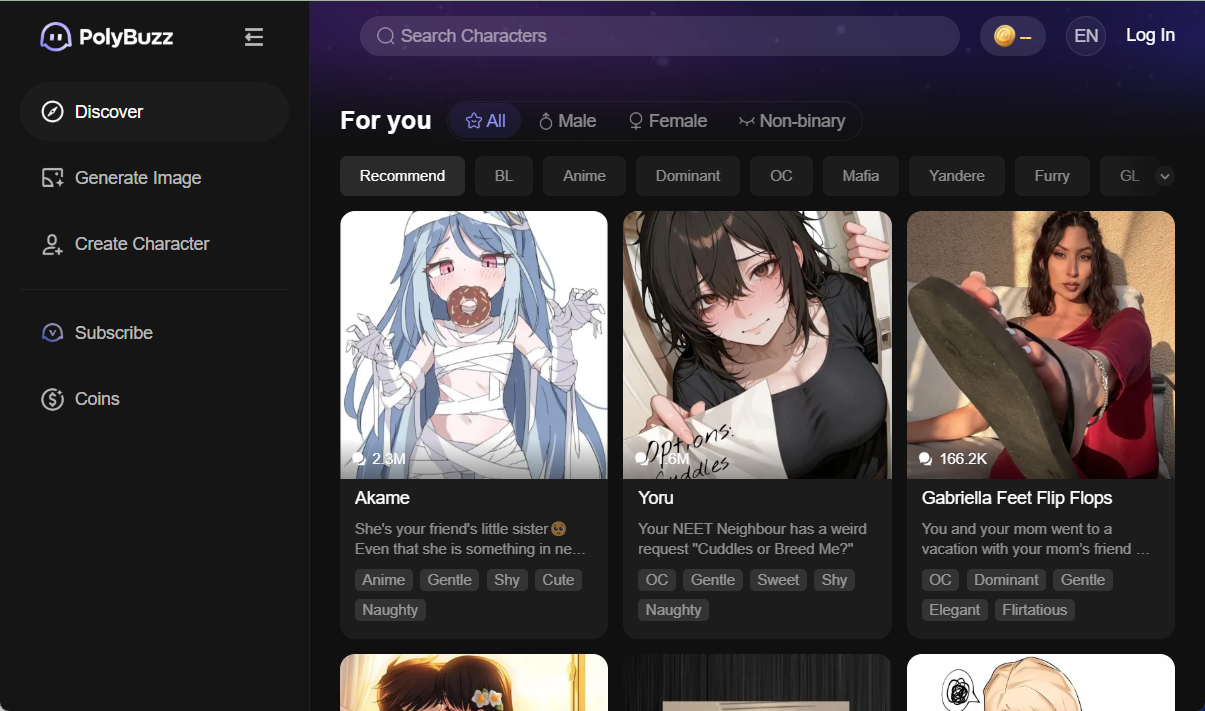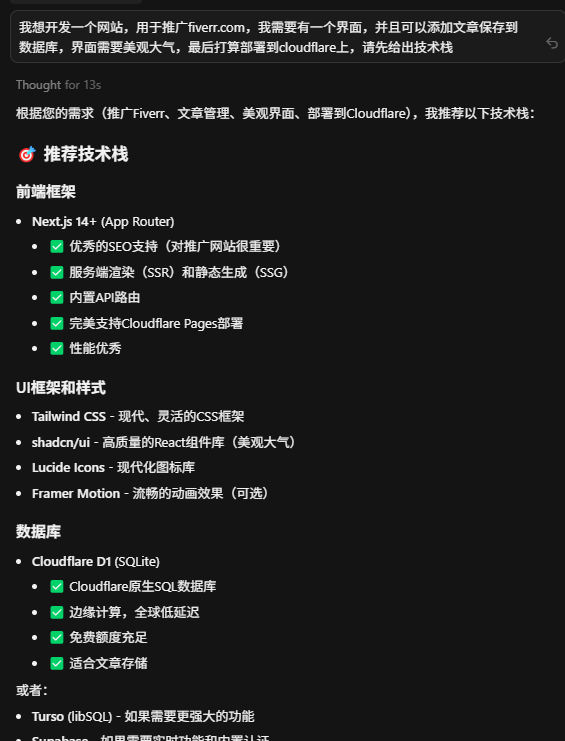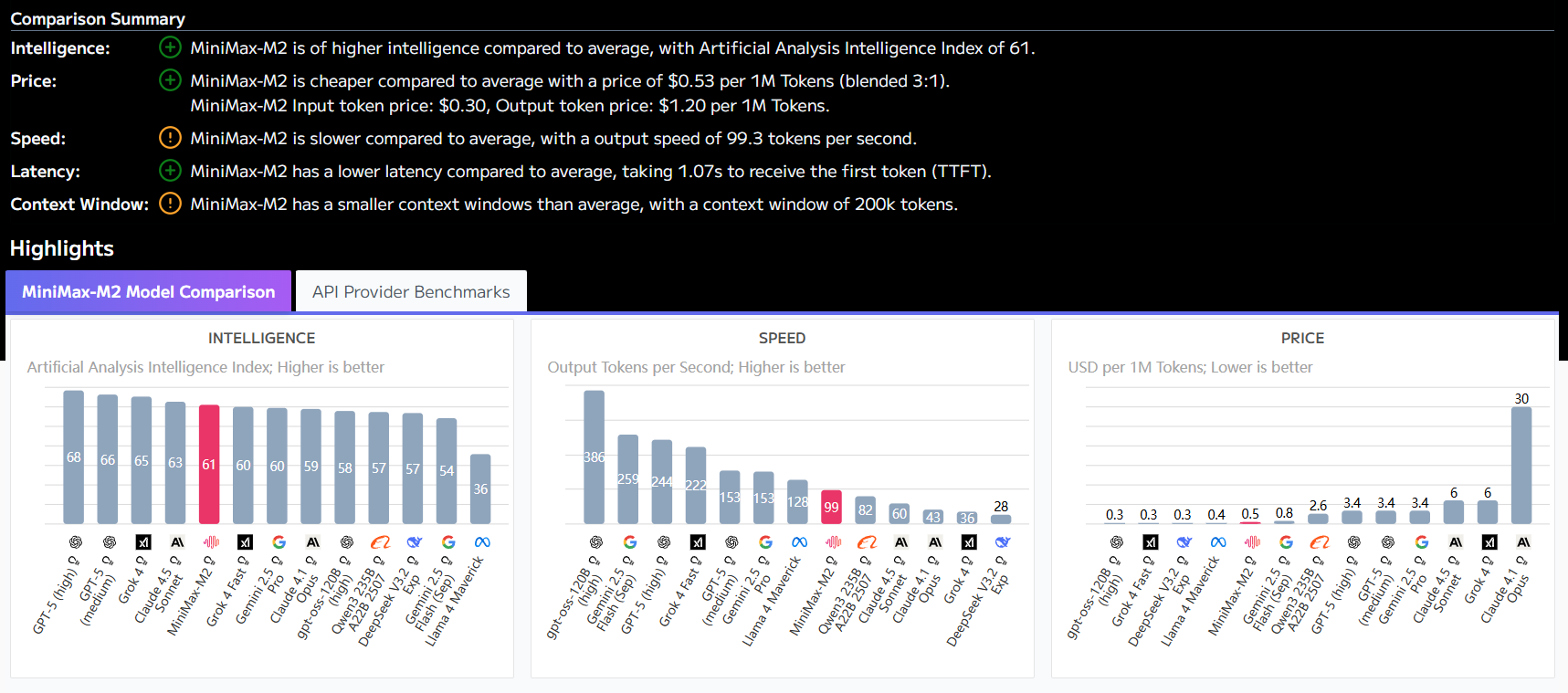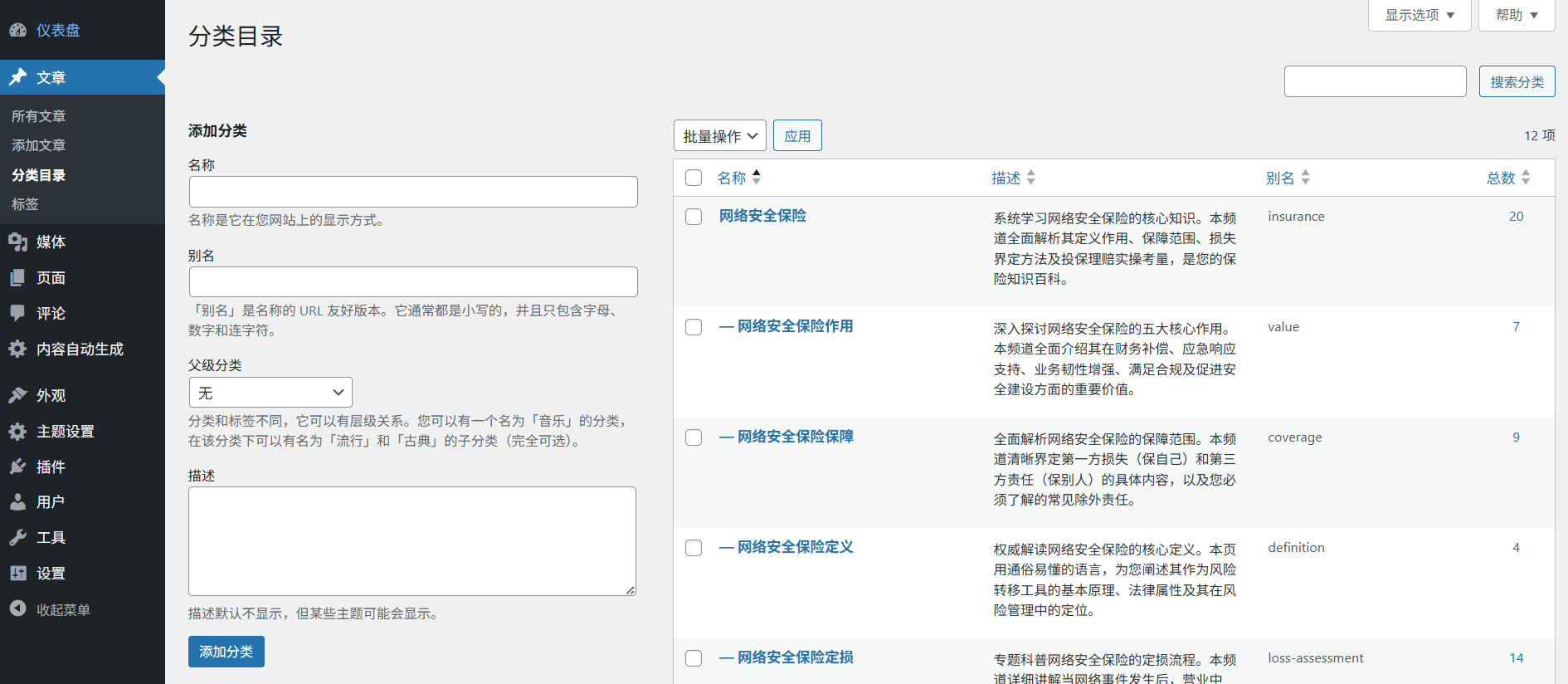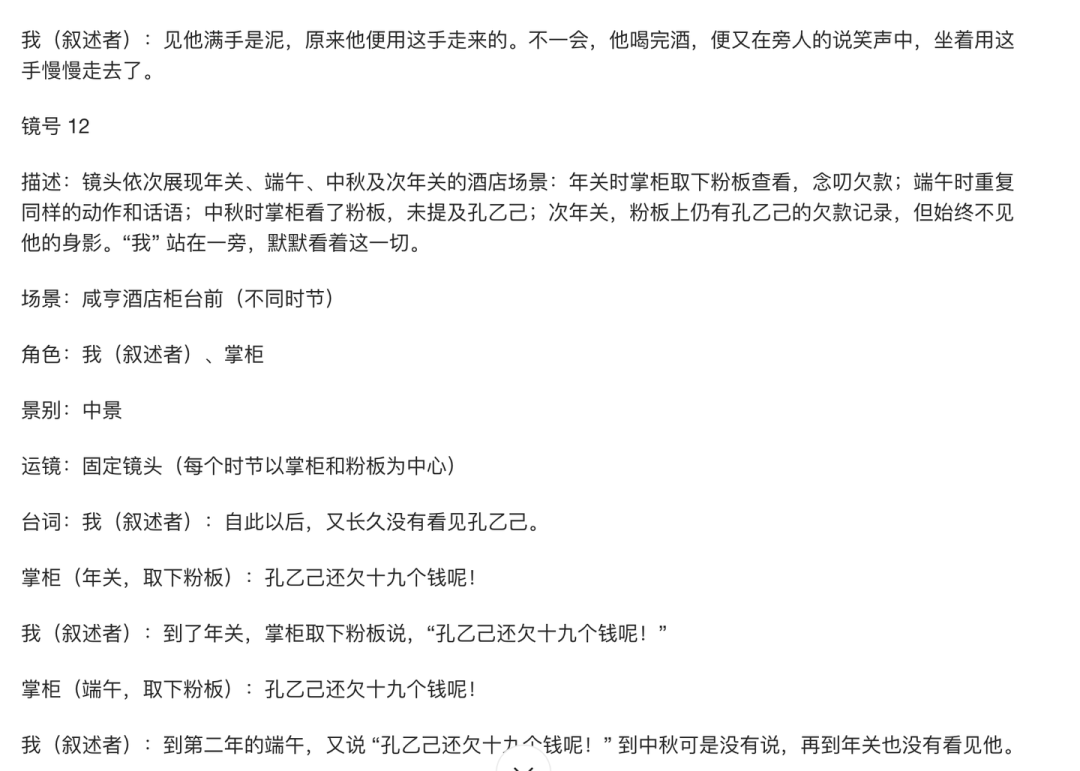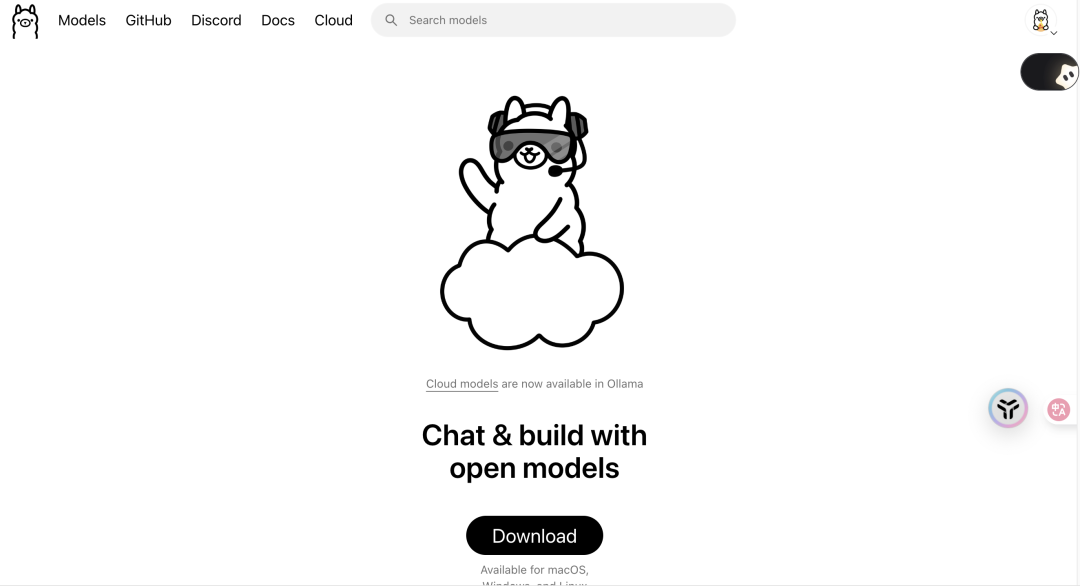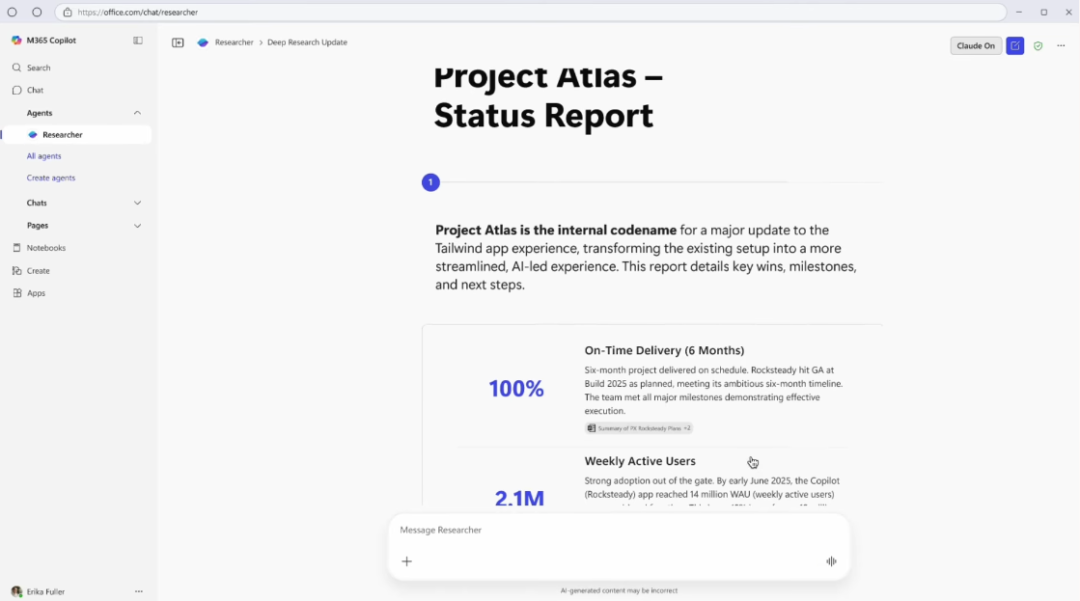AIVocal's speech synthesis system covers 6 working languages of the United Nations and 18 regional mainstream languages, including Chinese (including Cantonese), English (12 regional variants), and Spanish (European/Latin American version). Its tone library adopts a layered design: the basic layer contains 200 cross-language universal tones (based on the VITS model), the professional layer is subdivided into 600+ scenario-based tones for broadcasting, narration, interviews, etc., and the customized layer provides 100+ featured speakers trained on dialect corpus.
In terms of technical architecture, the platform adopts a language-independent acoustic model design, and realizes cross-language speech synthesis by sharing hidden layer parameters. On the Common Voice test set, the naturalness MOS reaches 4.21 points (on a 5-point scale) for Chinese Mandarin and 4.35 points for English, which is better than the industry average of 151 TP3T. Users are free to combine languages and tones, such as choosing German text + Chinese announcer for bilingual output, which is particularly suitable for this flexibility:
- Multinational companies produce localized versions of the Unified Brand Voice
- Development of multilingual learning materials by educational institutions
- Self-Published Creators Expand Content for International Markets
The platform regularly updates dialects and emerging expressions through migration learning to ensure the voice is current.
This answer comes from the articleAIVocal: a free AI tool for generating podcasts and processing audioThe





